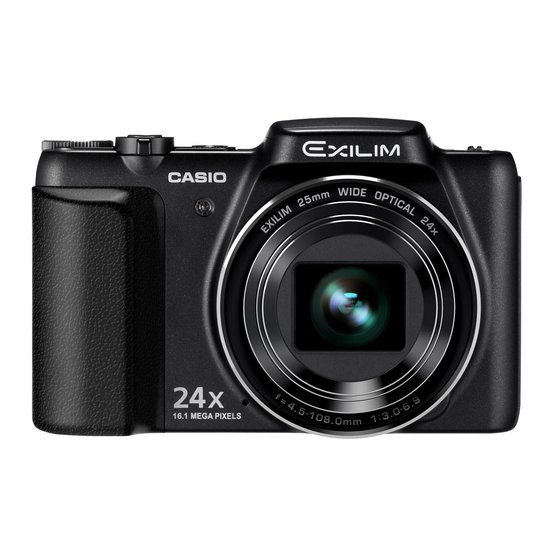
Table of Contents
Advertisement
Quick Links
E
Digital Camera
User's Guide
Thank you for purchasing this CASIO product.
• Before using it, be sure to read the precautions contained in this User's Guide.
• Keep the User's Guide in a safe place for future reference.
• For the most up-to-date information about this product, visit the official EXILIM
Website at http://www.exilim.com/
Advertisement
Table of Contents










Need help?
Do you have a question about the EXILIM EX-H50 and is the answer not in the manual?
Questions and answers